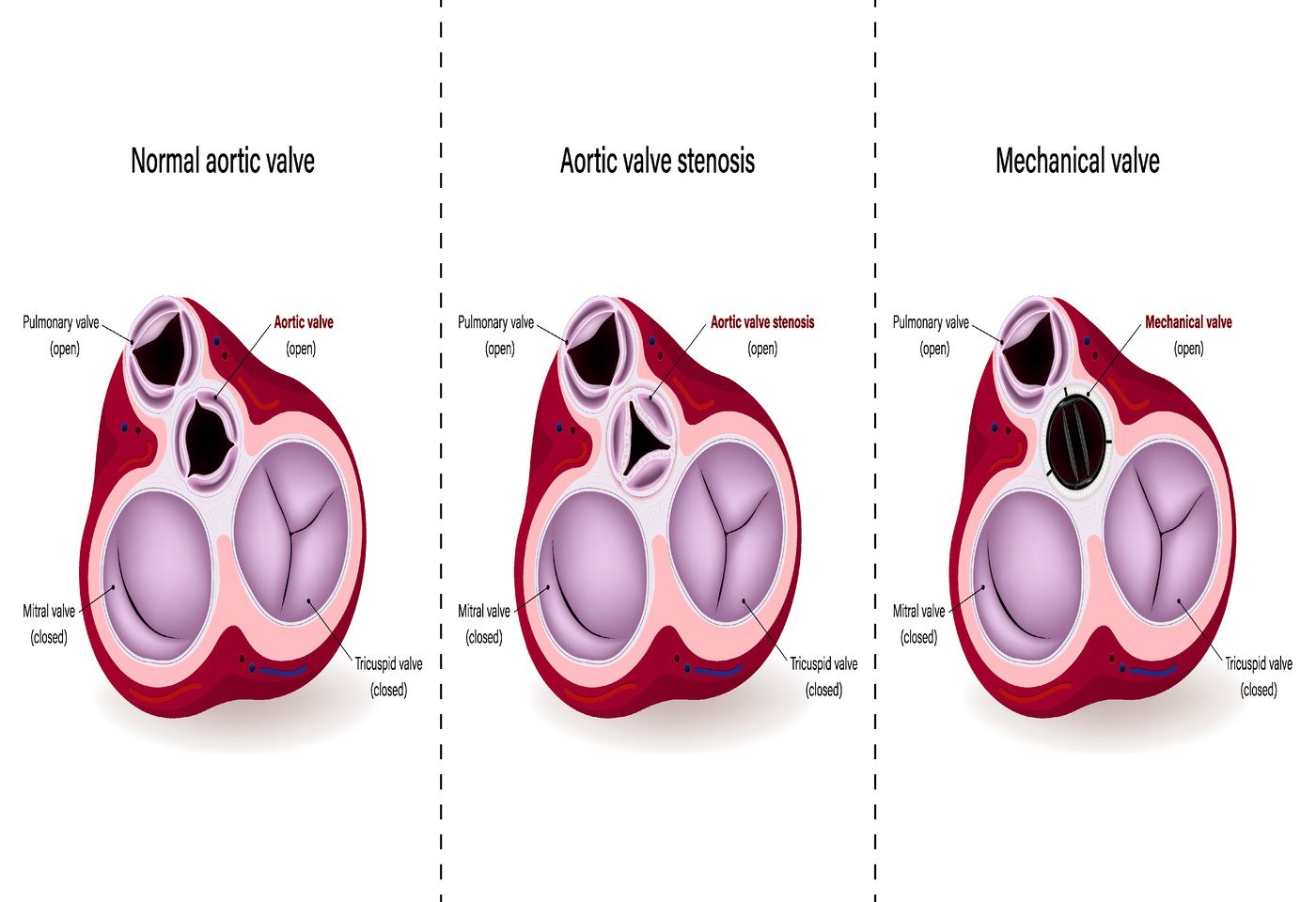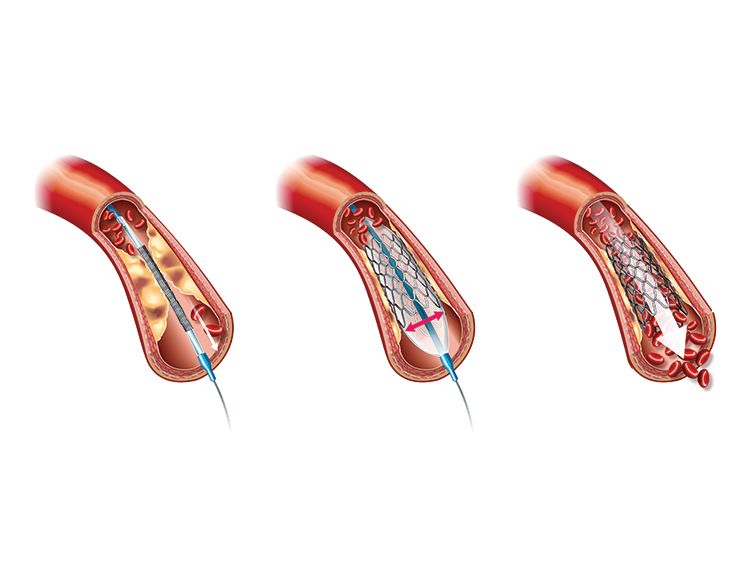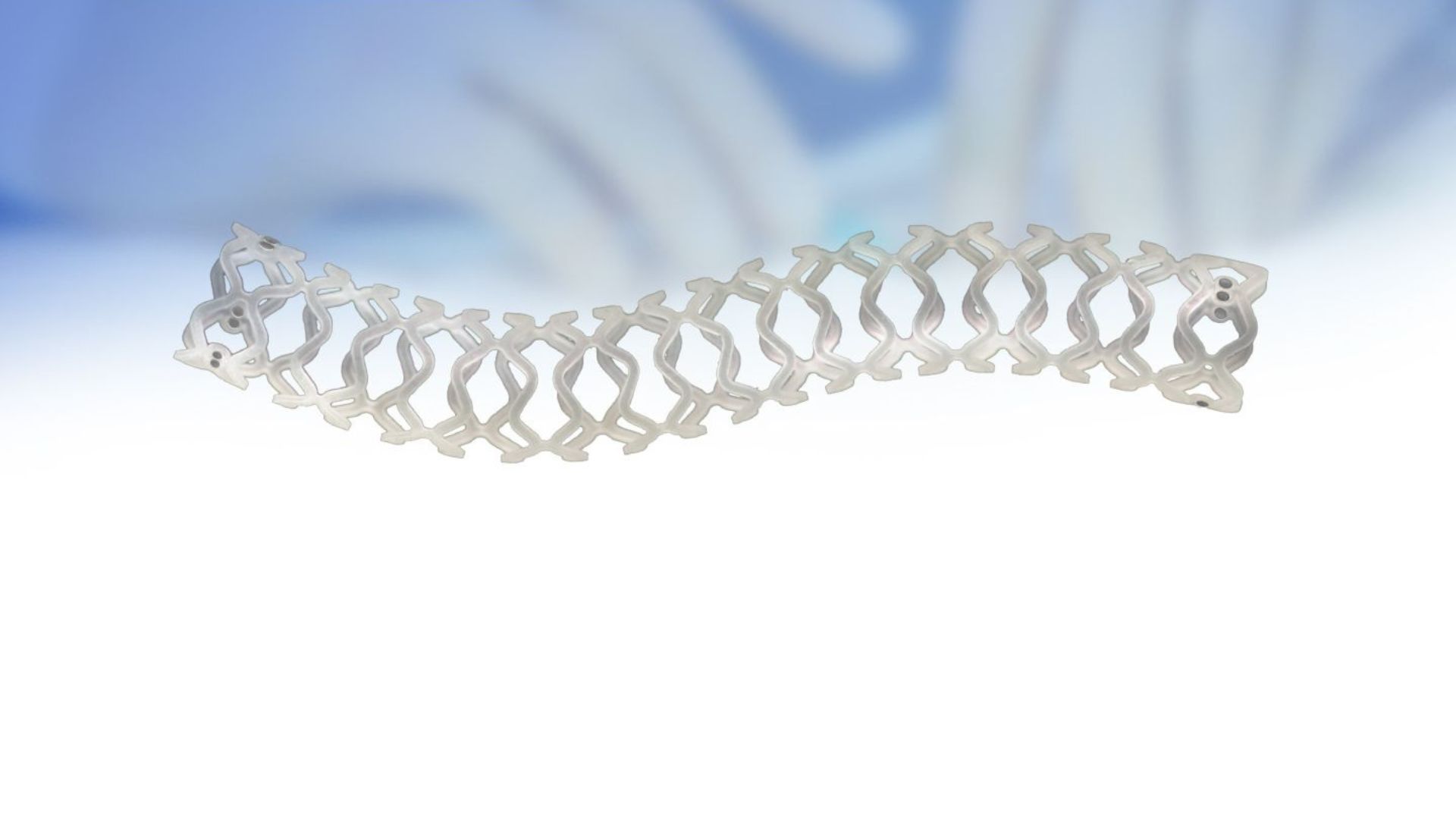
Aortic Valve Replacement - Understanding Surgical and Minimally Invasive Approaches
Introduction
The tiny fist-sized muscular organ sitting at the front of your chest, slightly behind and to the left of the breastbone, called your heart, is bent on working continuously throughout your lifetime with its primary responsibility to pump blood throughout your body. But sometimes, it gets exhausted and stressed when working harder to pump your blood, resulting in its damage and dysfunction.
Heart health problems include valvular stenosis or regurgitation, rheumatic heart disease, heart failure, abnormal heartbeats, congenital heart conditions, coronary artery disease, so to name.
Aortic Valve Stenosis, Aortic Valve Regurgitation, Mitral Valve Regurgitation, and Tricuspid Valve Atresia are some common valvular disorders reported globally, while Aortic Stenosis has more prevalence, with an aging population and high prevalence of calcium build-up being the contributing causes.
This blog discusses the meaning, causes, symptoms, and surgical and minimal invasive surgery options of Aortic Stenosis.
Aortic Stenosis (AS)- Its Meaning, Causes, Risk Factors, and Complications.
Aortic Stenosis is a valvular heart disease that results from the calcification of the Aortic valve (located in the left ventricle, regulating blood to the Aorta, the largest artery that supplies blood to the body). AS is a progressive disease that worsens with time. In AS, the aortic valve does not open completely due to calcium buildup on it. With time, the valve leaflets become stiff, narrowing the valve and restricting the normal flow of the blood. The heart must work harder to pump blood through the narrow valve, leading to thickening, enlargement, and weakening of the left ventricle. Over time, this may cause heart failure if left untreated.
The causes of AS could be Calcium buildup with age that narrows the valve opening and causes restricted blood flow), Congenital diseases (congenital disability, like bicuspid aortic valve that has two leaflets instead of three), Rheumatic fever ( untreated strep throat leading to formation of scar tissue on the aortic valve, narrowing the valve) or Endocarditis (A fungal infection or bacteria causing inflammation of the inside lining of the heart chambers).
Age, high blood pressure, diabetes, and chronic kidney diseases are some of the contributing factors to AS. Complications like heart failure, bleeding, irregular heartbeats, blood clots, stroke, or even death in severe cases may be caused by AS if not treated promptly and correctly.
Aortic Valve Replacement
When medications and heart valve repair do not yield the desired results, your doctor would recommend valve replacement surgery as the only option to treat AS. Medications often do not cure, and valve repair may not be a permanent solution for AS. In such an event, Aortic Valve Replacement as a recommended treatment may be an open heart surgery or a minimally invasive procedure to replace the damaged or disease aortic valve with a new valve. The new valve called the replacement valve may be a tissue valve or a mechanical valve.
The two valve replacement options are Surgical Aortic Valve Replacement (SAVR) and Transcatheter Aortic Valve Replacement (TAVR).
Surgical Aortic Valve Replacement (SAVR)
Most open heart surgeries are performed through sternotomy. The patient is placed under general anaesthesia and the breast bone is cut open. The heart is stopped and a heart lung machine takes over the function of the heart temporarily. The surgeon will then completely remove the diseased aortic valve and place a new valve. The heart is then restarted and the chest incision is closed. Open surgery is an invasive procedure that takes longer operative time and recovery.
SAVR is recommended for patients-
- At low risks with open surgery.
- Who are healthy and fit to undergo open heart surgery.
Transcatheter Aortic Valve Replacement (TAVR)
Transcatheter Aortic Valve Replacement (TAVR) is a minimally invasive procedure that is contemporary, and an alternative to SAVR to treat AS. Using minimal invasiveness, TAVR is increasingly gaining acceptance and expansion as a treatment of choice with patients with severe Aortic valve calcification. The TAVR procedure can be done without general anesthesia and does not require stopping the heart or opening the chest cavity. During the procedure, your interventional cardiologist will insert a catheter through a small incision in your groin into the artery. In TAVR, your heart keeps beating while the catheter with the replacement valve (the new valve) is guided to the damaged or diseased aortic valve, needing replacement. The use of a catheter rules out the need for opening the chest. The procedure takes less operative time, shorter hospital stays, and quicker recovery than SAVR.
Aortic Valve Replacement using the TAVR procedure is proving to be a standard of care with its high efficacy and increasing success in treating patients with severe aortic stenosis.
TAVR is recommended for patients-
- With severe symptomatic aortic valve calcification.
- At high risk of open surgery, mostly elderly people.
- Who are more vulnerable to complications arising from longer and more difficult recovery from SAVR?
- Who already had a valve replacement through SAVR and needed the aortic valve replaced.
- Having comorbidities and other diseases like a previous heart attack, diabetes, and lung disease that may have weakened their immune system.
The choice of treatment is primarily the doctor's decision, arrived at in consultation with his multidisciplinary Heart team of medical practitioners. The decision is based on considerations like the patient’s age, the severity of the valve damage, clinical history, anatomical factors, and post-surgery management factors.
Myval™ from Meril
Myval™ from Meril is a new generation balloon-expandable transcatheter heart valve (THV) developed indigenously with novel features to improve deliverability and aid precise deployment. It has a hybrid honeycomb cell design concept and a cobalt alloy frame for high radial strength and radiopacity. It is an anti-calcium-treated bovine pericardium tri-leaflet valve, with all its sizes, CE approved.
Conclusion
AS is progressive, worsening with time. Heart valve failure could be mild, moderate, or severe, and it is not advisable to wait and watch for the symptoms to develop before consulting your doctor. Once you experience any symptoms of AS, consult your doctor immediately and get all the required diagnostic tests done. Own the responsibility to take care of your heart health. Ask your doctor about the available treatment options, the indications of each treatment, the associated risks, the pre-operative and post-operative care and management. Act promptly and wisely; any delay in treating AS could prove deadly.
SAVR and TAVR aim to treat AS, ensure minimum risk and complications, relief from the symptoms, improved life expectancy, and heart function by replacing your damaged or diseased aortic valve with a new valve.
References
https://www.ncbi.nlm.nih.gov/pmc/articles/PMC2999052/
https://www.pennmedicine.org/for-patients-and-visitors/patient-information/conditions-treated-a-to-z/aortic-valve-stenosis#:~:text=What%20Is%20Aortic%20Stenosis%3F,and%20blood%20cannot%20flow%20normally.
https://www.mainlinehealth.org/blog/savr-vs-tavr
https://www.icrjournal.com/articles/myval-novel-transcatheter-heart-valve-treatment-severe-aortic-stenosis



